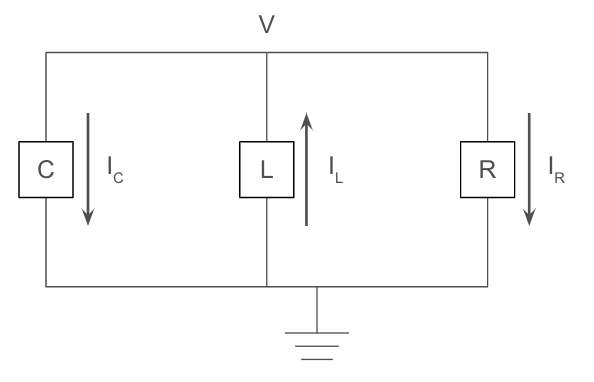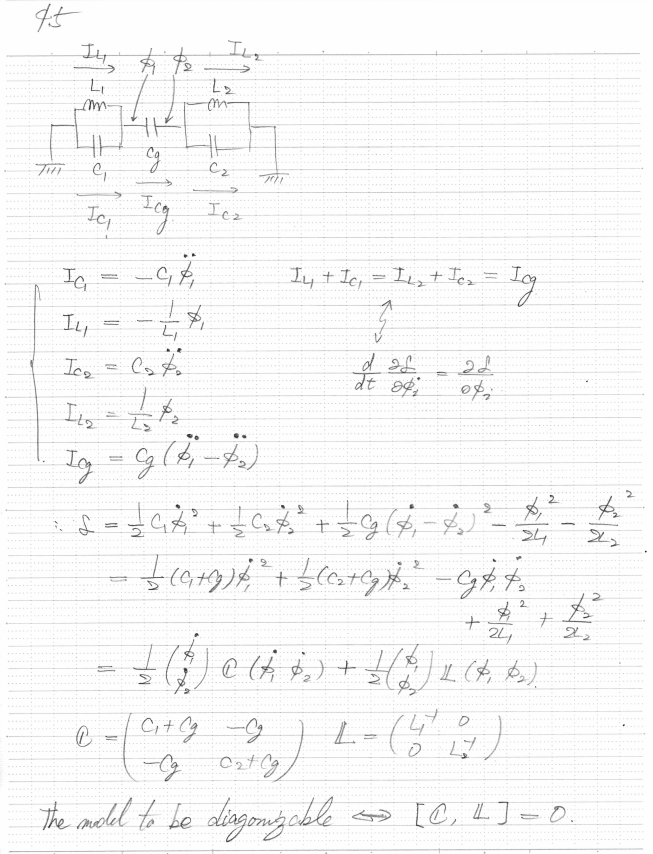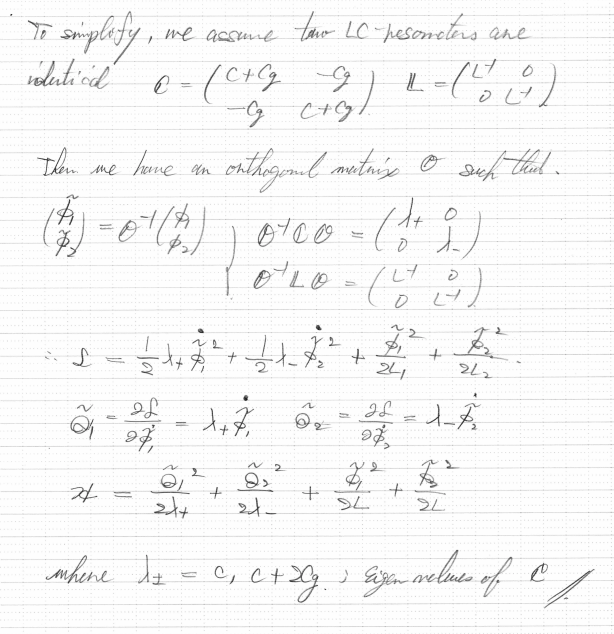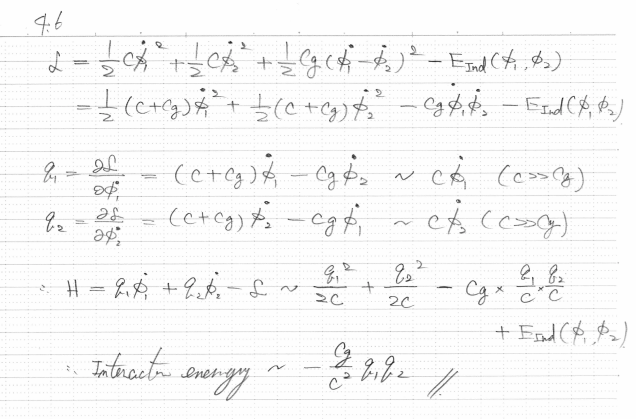4.1
For the thermal state :
For the pure state :
4.2
By mathematical induction, you can prove:
Hence:
4.7
In the textbook (p.57), the critical value is written as . I guess the last
is a typo.
4.8
I'm not sure what's the explicit representation of the root squrare of the ladder operators...



